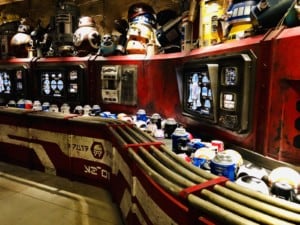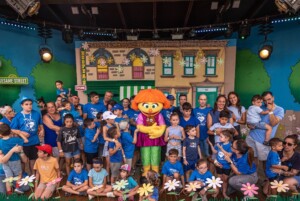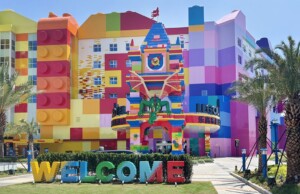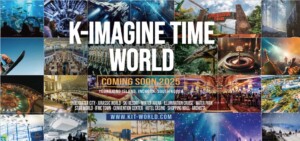By Tim Madison, Raven Sun Creative
What can the oldest stories in the world teach us about guest destination innovation in the 21st century?
By “oldest stories”, I mean ancient myth. In this case, seen through the lens of the Hero’s Journey, the recurring story structure that Joseph Campbell, among others, advanced as underlying many world myths.
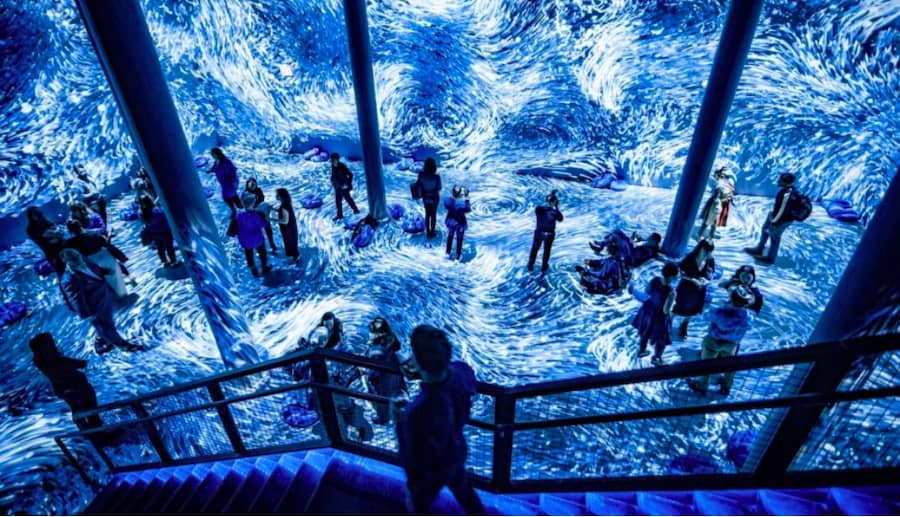
The question may seem a bit of a reach at first. When we think about cutting-edge innovation in a destination context, or any other for that matter, “Bronze Age myth” isn’t exactly the first topic that leaps to mind. Yet, if we look for it, we can find in these stories some universal insight that is still instructive to us today.
So, what’s the useful connection between the Hero’s Journey and present-day innovation?
The Hero’s Journey
In some very fundamental ways, the Hero’s Journey is a symbolic reflection of the process of innovation.
The mythic hero, tasked with fulfilling some essential need, answers a call to adventure and sets out into the unknown. They cross boundaries others can’t or won’t and enter into new territories where they encounter guides and allies. In the course of their quest, they face trials, achieve new understanding, and receive the reward they seek. They return home transformed, bearing their newfound wisdom to their community.

The journey of the hero is a metaphorical expression of the human drive towards constant improvement. The story of civilization is embedded in the Hero’s Journey. In a very real sense, world mythology tells the tale of innovation over and over again and again.
Does this comparison rise above the status of a neat metaphor? Does the monomyth of the hero really have anything practical and substantive to teach a 21st-century visitor destination striving to innovate?
If we think of the hero as an innovator (and when I say “innovator”, I really mean an innovation team), what does the story tell us about the act of innovation?
The innovator is a boundary-crosser
Achieving truly transformative innovation demands bold boundary-crossing. Breakthrough innovation requires the movement of knowledge across disciplines, media, mediums, industries, and so on and so on.
One of the most vital skills any guest destination can develop is the ability to reach beyond its own boundaries for new ideas and inspiration. Being able to look outward, identify high-value ideas from often unexpected contexts, and integrate them into the fabric of your organization is the greater part of innovation.

A policy of proactive outward-looking innovation is absolutely essential to the health and creative vitality of any destination or attraction. Institutions need to be actively networking knowledge from a diverse set of sources. The infusion of new knowledge helps to ensure the resilience, competitiveness, and dynamism of a visitor-facing business.
I’ve written some in the past about how many organizations become insular or inward-looking over time. Destinations will often prejudge the relevance or value of looking outside of their sector for new ideas. There is a presumption that certain sources don’t fit the identity of the organization. Before we can confidently arrive at that conclusion, we must first do the real work of creative inquiry…
Innovation is about both the departure and the return
The cycle of the hero’s journey mirrors the creative process. For the hero to accomplish their quest, they must be able to depart from the ordinary world and then return, bringing their discovery home.
The hero’s departure and return parallels the divergent and convergent aspects of creative thinking. Great innovation requires the ability to deliver a solution that is both novel (divergent) and appropriate (convergent).
- Novelty is the element of the unexpected or unusual; the high-value idea from a different context.
- Appropriateness is the measure of how useful or applicable an idea is to your circumstance. Does this idea generate value in a new context?
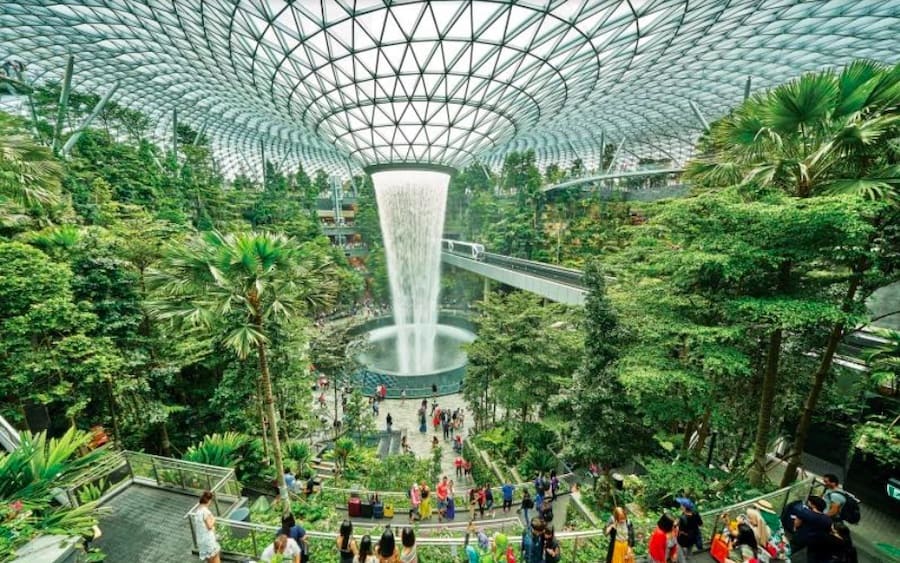
The innovator needs to be able to make “long-distance” connections. Creativity is almost never about the isolated moments of serendipity. Creativity is largely about the smart recombination of existing ideas. Life is about recombination. The real measure of “originality” or “newness” of a solution is in how we synthesize ideas into a whole and make them our own.
Crucially, you cannot expect to return with a great reward if you don’t venture forth from the familiar first. Innovation is always a process of self-definition. However, we need to be open to influence to make the most of the process. Fully realizing a destination’s potential means looking both outward and inward.
The innovator is a champion of becoming
For Campbell, one of the defining characteristics of the hero was their need to break new ground. The hero seeks meaningful change. The hero’s journey and desire for change was a recognition that the world, even just their personal world, cannot stay the same. The hero needs to make their own opportunities or perish.
The mythological hero is the champion not of things become but of things becoming: the dragon to be slain by him is precisely the monster of the status quo: Holdfast, the keeper of the past.
Joseph Campbell
Innovation for, say, a Bronze Age civilization was often a matter of survival. While innovation for a 21st-century organization may not literally be life or death, it’s still an issue of survival of a different kind.
Lessons in adaptivity from the Hero’s Journey
The world is constantly in motion. Dynamic markets demand constant innovation. No destination remains unaffected by change. Even a museum or a historic site centred around a collection or a property that remains relatively static is also in the midst of a dynamic landscape of change. Their relationship with the world is always in flux. So, an organization needs to be as dynamic, responsive, and adaptive as the world around it.

Walt Disney famously declared that Disneyland would never be finished. It is in a constant state of becoming. That is a mode of being that every destination–experiential attraction, museum, immersive art exhibition, theatrical event, theme park, cultural site, zoo–should not only adopt but actively pursue.
In the coming weeks and months, our Transformative Innovation series will look at what other destination sectors, media, cultures, and more can learn from one another about perfecting the art of guest experience.



